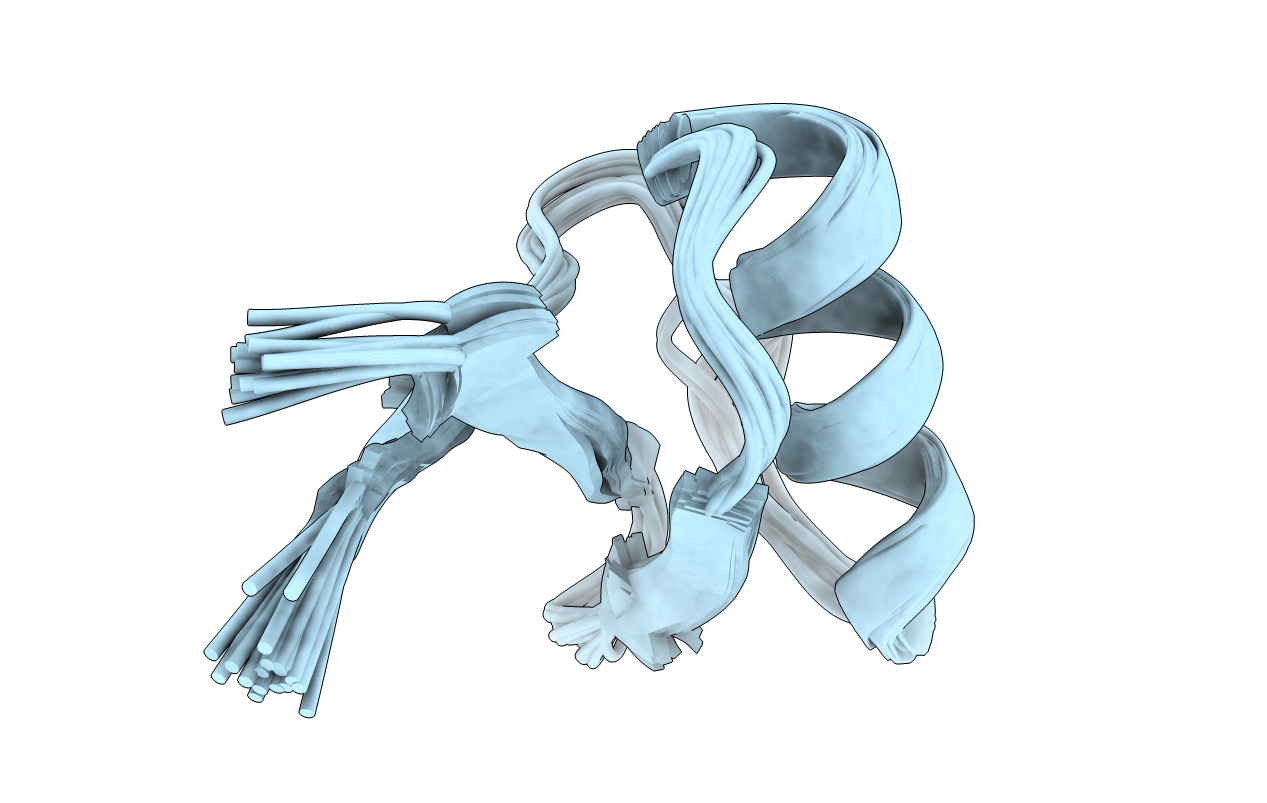
Deposition Date
2001-07-13
Release Date
2002-02-06
Last Version Date
2024-10-30
Entry Detail
PDB ID:
1JKZ
Keywords:
Title:
NMR Solution Structure of Pisum sativum defensin 1 (Psd1)
Biological Source:
Source Organism:
Pisum sativum (Taxon ID: 3888)
Method Details:
Experimental Method:
Conformers Calculated:
100
Conformers Submitted:
20
Selection Criteria:
structures with the lowest energy


